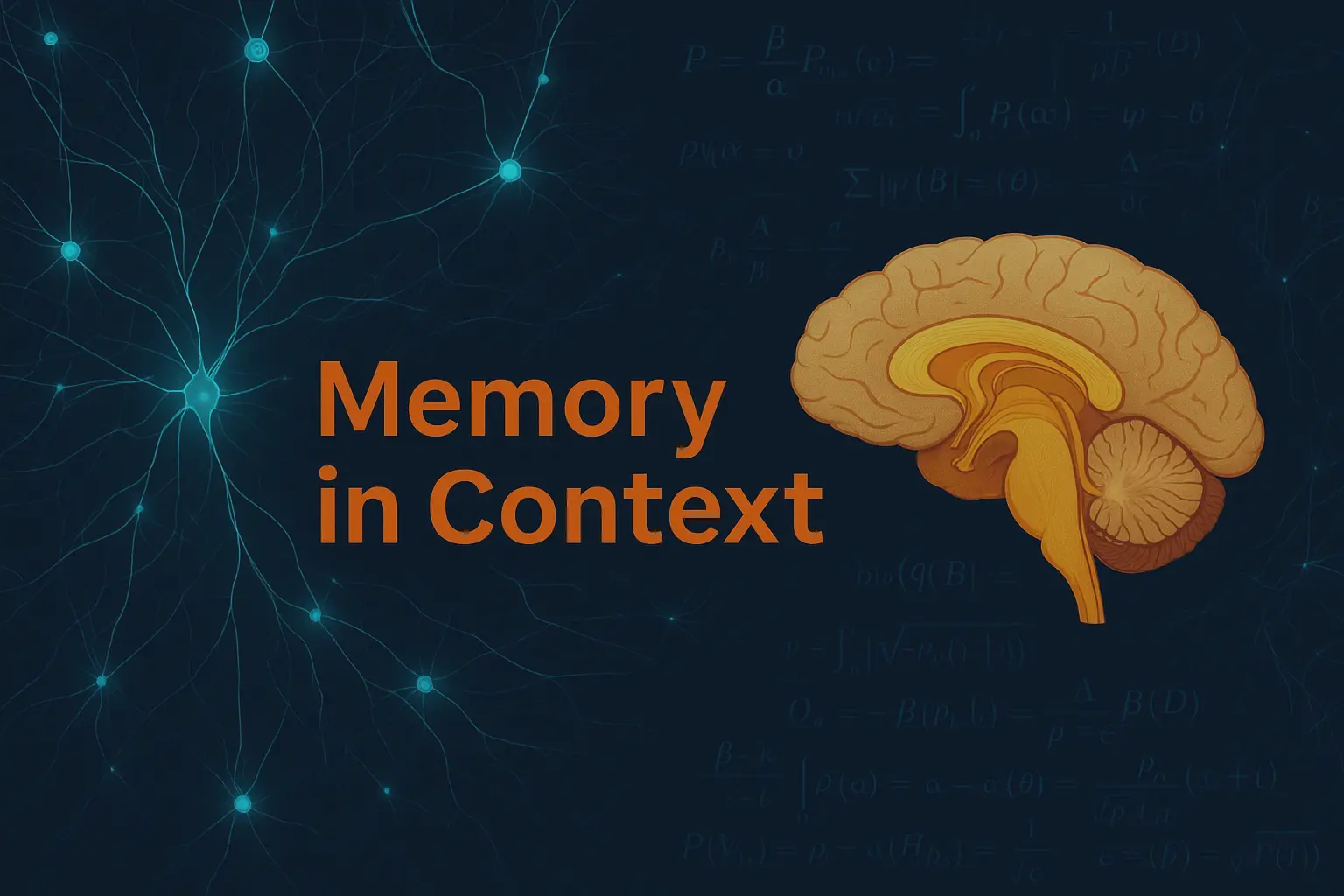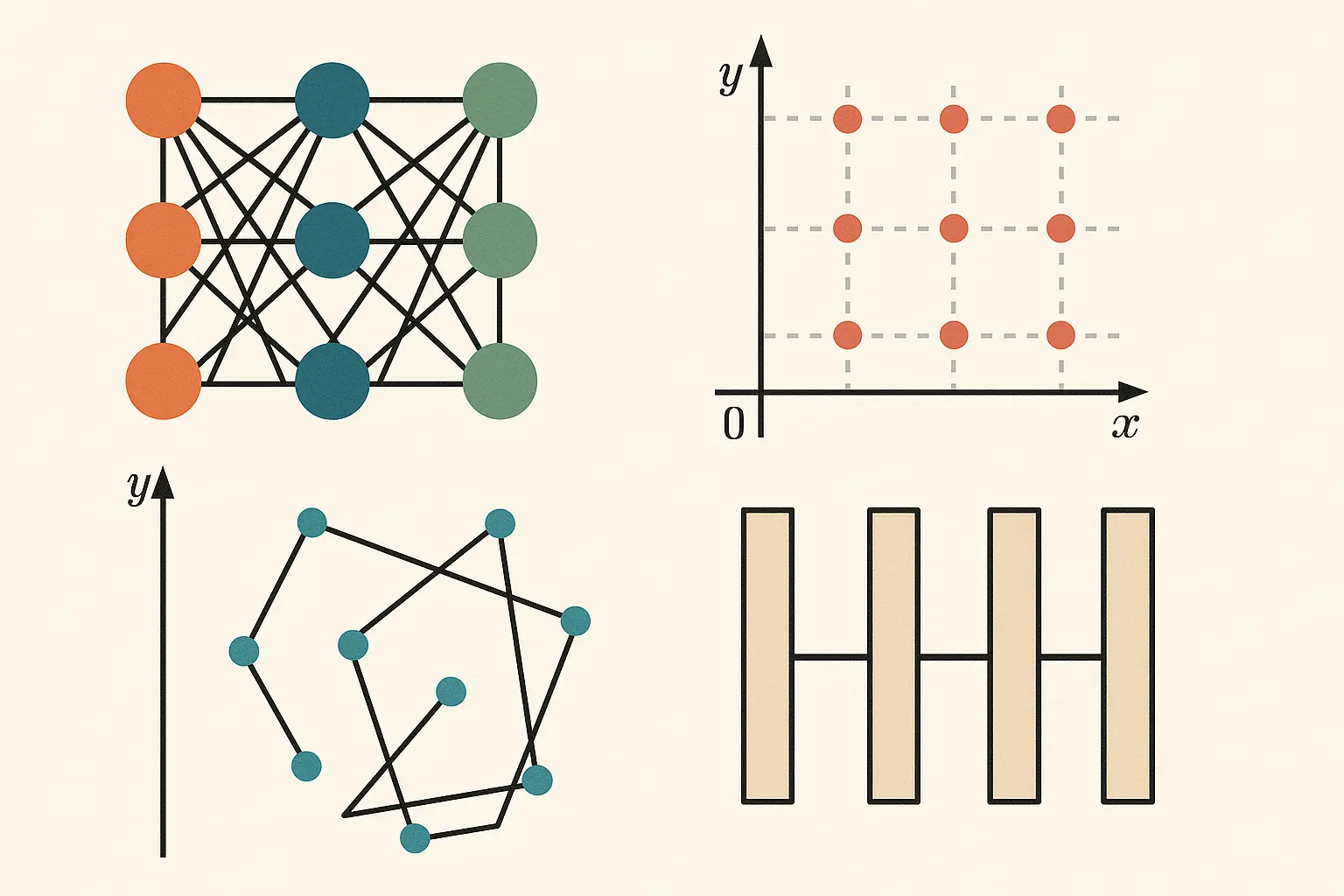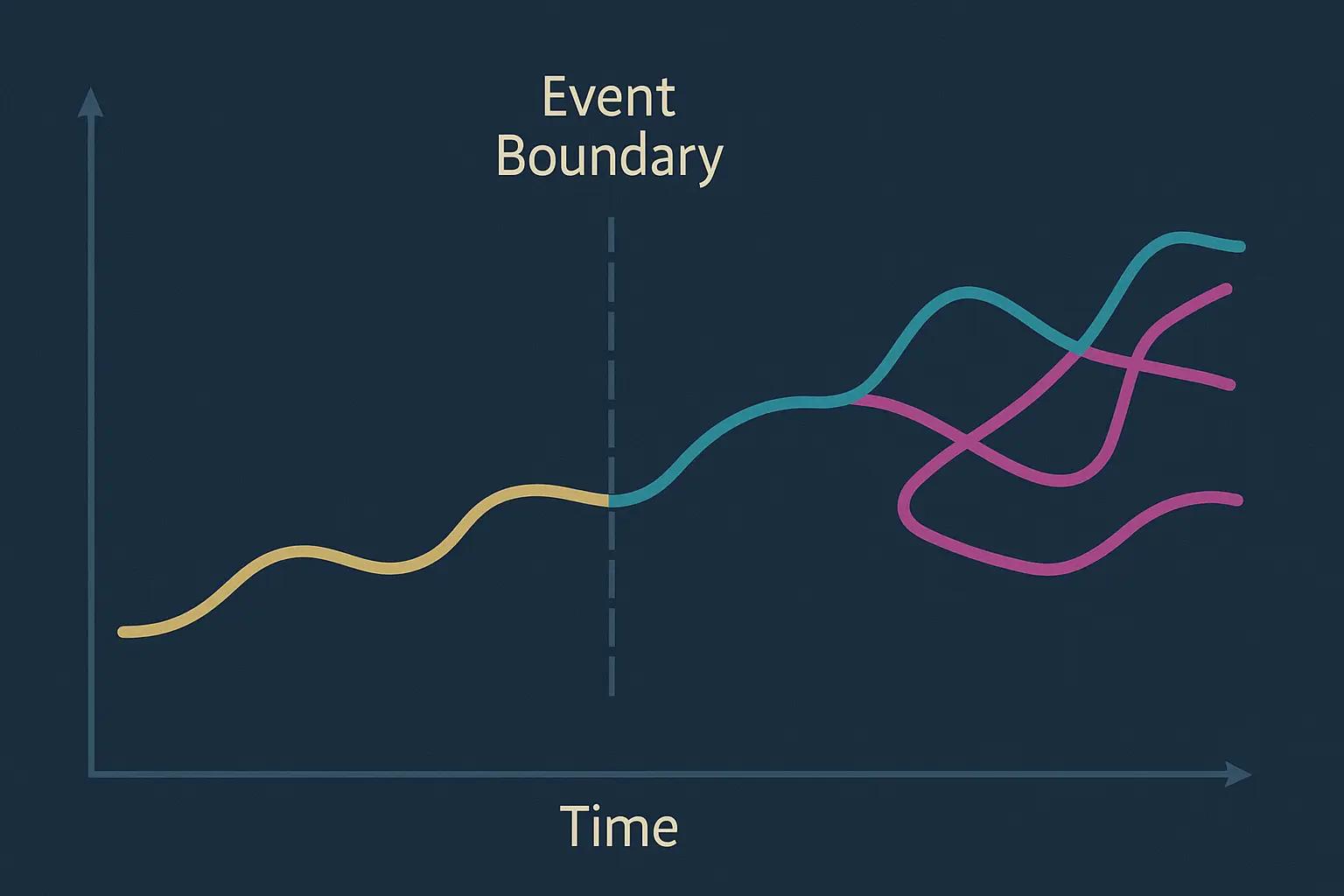A Neural Coding Model for Olfaction
Poisson compressed sensing for rapid inference of olfactory information (NeurIPS, 2023)

Original Paper: Neural Circuits for Fast Poisson Compressed Sensing in the Olfactory Bulb
We explored the core components and results of the Poisson Compressed Sensing model, presenting a biologically plausible framework for understanding odor perception.
Summary of the Presentation
- Olfaction as a High-Dimensional Sense: Olfaction is a high-dimensional sense, unlike vision or audition. Unlike the clear numerical representations for color (RGB) or sound (frequency), there is no simple, straightforward way to quantify an odor.
- Population Coding: The PCS model rejects a simple one-to-one mapping between a receptor and a specific smell. Instead, it utilizes population coding, where the combined activity of a population of receptors represents a specific odor.
- Bayesian Inference and Gradient Ascent: The PCS model uses Bayesian inference to estimate odor concentration. It achieves this using gradient ascent, a method typically reserved for the training phase of neural networks, but here applied to the inference step of perception itself.
- Biological Mapping: The model’s components are directly mapped to the microanatomy of the olfactory bulb, lending it significant biological plausibility.
- Projection Neurons (P): Encode the difference between the brain’s prediction and the actual sensory observation.
- Granular Neurons (G): Form the core of the inference layer, representing the most likely estimate for the odor’s concentration.
- Cortical Feedback (B): Represents the brain’s prior beliefs or expectations, which influence perception.
- Geometric Coding: The relationships between different odors are preserved in the brain’s representation. If two odors are distinct in the chemical world, they remain orthogonal in the neural code. This leads to significantly faster and more accurate inference.
- Key Results: The model successfully explains state-dependent inhibition observed in mitral cells, a phenomenon that previous models could not account for. It also demonstrates fast and accurate dynamic inference, capable of tracking changes in odors over time.
Key Discussion Points
What makes a complex model like this valid?: The presenter acknowledged the model’s mathematical elegance and noted that some of the model’s parameters were indeed derived from biological data, such as calcium imaging.
Threshold for Acceptance: The discussion touched on the different standards for model acceptance across scientific fields. While a machine learning conference like NeurIPS might value the model’s mathematical novelty, biological journals would likely require more extensive experimental validation.
Testing with Variability: An interesting suggestion was to test the model’s validity by seeing if it could explain olfactory differences between species or individuals. For instance, could the model show why a dog’s sense of smell is more sensitive than a human’s by revealing different parameter settings?
The Subjectivity of Smell: A participant raised the valid point that the model treats odor as an objective vector, while the perception of smell is highly subjective. This poses a challenge for directly comparing the model’s output with experimental data from neuroscience.



